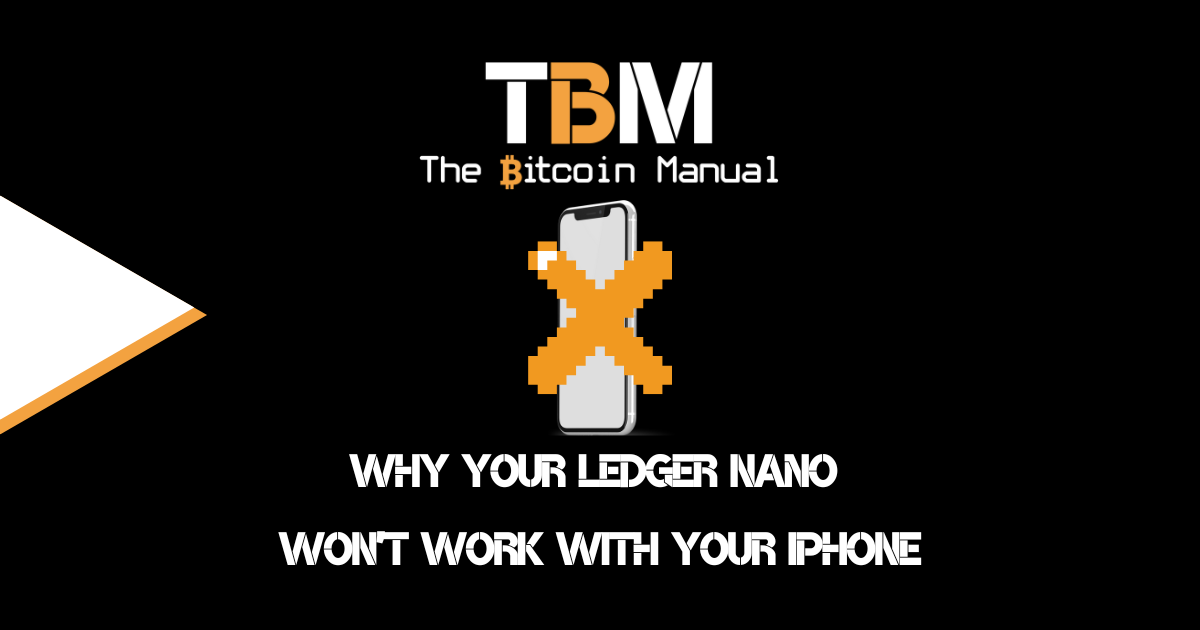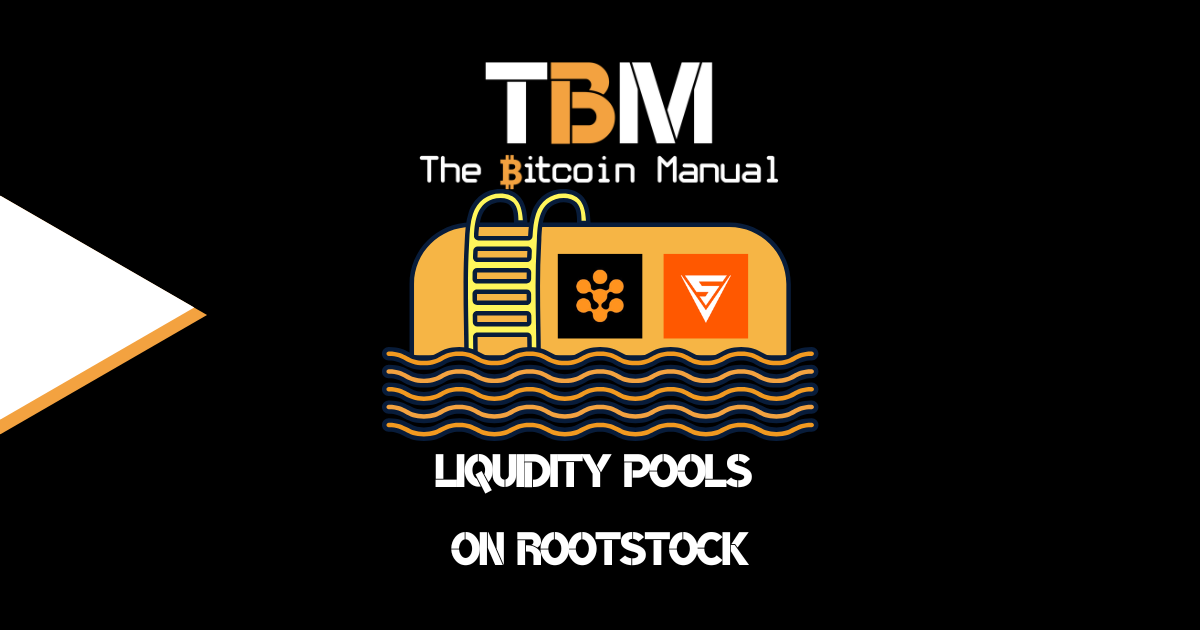The Bitcoin network is an open-source system where anyone can get involved. If you’re investing a meaningful amount of your wealth in the asset, you have a powerful incentive to support it, making attacks harder to perform and ensuring that the network remains decentralised.
After securing your funds in cold storage, your first step should be to start running your own node; it will provide you with additional privacy benefits, help keep another eye on the network, and maintain another copy of the blockchain.
If you’re still unsatisfied with your contribution to the Bitcoin network and have the resources to spare, your next step would be to produce a hash rate to secure new blocks on this distributed ledger.
A process colloquially known as mining, while large mining farms produce the majority of Bitcoin hash rate, a cohort of garage miners and home miners providing distributed hash rate acts as a failsafe if these large miners are taken offline.
Finding magic internet money printer machines
Mining Bitcoin competitively today requires ASIC miners (Application-Specific Integrated Circuits), which are specialised machines built solely for mining Bitcoin. These machines contain thousands of custom-designed chips that churn out calculations at incredible speeds, vastly increasing your chances of finding the golden hash that unlocks a new block and earns you Bitcoin.
These magic internet money printing machines are costly, with top-of-the-range ASICs often costing thousands of dollars.
The good news is that there’s a thriving market for both new and used ASIC miners, giving novice miners a chance to find a machine that fits their budget.
If even the second-hand market for old ASICs seems a bit steep, you can take a punt at open-source projects that aim to give the home miner an entry point or upgrade their mining experience without competing with industrial miners in the ASIC supply chain.
Projects like Bitcrane and Nerdminer enrich the broader ecosystem of open-source mining hardware. Bitcrane is a replacement control board for Antminer devices, allowing users to regain control over their mining hardware through an open-source platform.
The Nerdminer provides an educational and accessible entry point into Bitcoin mining. It uses the ESP32 microcontroller to enable solo mining on small hardware setups. If the Nerdminer does not satisfy your sweet tooth for hash rate, you can opt for the more powerful BitAxe.
What is the BitAxe?
The Bitaxe miner stands out from the crowd for its open-source design; unlike traditional Application-Specific Integrated Circuit (ASIC) miners, which are often shrouded in secrecy by manufacturers, the Bitaxe’s hardware design is readily available on platforms like GitHub. This transparency lets users familiarise themselves with the components of the miner and how it functions.
The core of the Bitaxe miner is the Bitmain BM1366 or BM1397 ASIC chip, specifically designed for efficient Bitcoin mining. The Bitaxe’s open-source nature extends beyond the hardware as the firmware, the software that controls the miner’s operation, is also freely available.
Bitaxe is available in Max, Ultra, Hex, and Supra model variations. The latest and most advanced version, the Bitaxe Ultra, integrates the BM1366 ASIC from Bitmain’s S19XP series. The BitAxe is designed to be a stand-alone device supporting both solo and pool mining.
It also features an autotune function for optimising power, heat, and efficiency.
This is why we just design our own. Love how it turned out. 🥰
— CryptoCloaks™ (@CryptoCloaks) May 21, 2024
Slip in stand is 🤌
Just hard to do one handed while recording 🤣#BitAxe pic.twitter.com/xTkecyGY5n
Unpacking the technical specifications
- Hash Rate (GH/s): This measures the miner’s processing power, essentially how many hashes (complex calculations) it can perform per second. Higher hash rates increase the chances of finding a block but also consume more electricity. The Bitaxe miner typically offers hash rates in the range of 200-500 GH/s.
- Power Consumption (Watts): This indicates how much electricity the miner uses to operate. The Bitaxe is known for being energy-efficient, and it typically consumes less than 100 watts.
- Difficulty: This represents the overall computing power required to mine a Bitcoin block. The difficulty adjusts automatically to maintain a consistent block generation time. As more miners join the network, the difficulty increases, making it harder for individual miners to solve blocks. However, the inverse is also a factor; if large amounts of hash rate are taken offline, your chances of earning Bitcoin per block increase.
Motivations to drop the Axe
- Energy Efficiency: Compared to industrial mining rigs, the Bitaxe consumes significantly less electricity, making it a more environmentally friendly option.
- Lower Entry Barrier: The cost of a Bitaxe miner is considerably lower than high-end ASIC miners, making it a more accessible entry point for new miners.
- Open-Source Design: Transparency in hardware and firmware allows for customisation and fosters community among users.
A note on profitability: Research current Bitcoin mining profitability before mining. Factors like Bitcoin price and mining difficulty significantly impact potential earnings. BitAxe’s open-source nature means anyone can create their own, which could be subject to overblown claims to sell you on the device. If someone tries to sell you a BitAxe, claiming it will net you several Bitcoins while sitting on your desktop, you will likely fall for a scam.
Solo mining versus pool mining
As Bitcoin mining has become a global competition to secure the next block, and companies have sunk millions into capex, competitive mining has forced miners to combine their hash rate into mining pools, where the processing power of multiple miners is used to collectively solve blocks more frequently.
While this offers a more consistent stream of rewards, a portion of the mined Bitcoin is shared with other pool participants.
Solo mining, on the other hand, is the act of mining independently. This approach offers the potential to keep all the mined Bitcoin for yourself, but it also comes with significant challenges. The chance of successfully solving a block and earning a reward is much lower for solo miners compared to those in pools.
The Guardians Are Coming. #Bitcoin #BitAxe pic.twitter.com/uX80JqhAMd
— CryptoCloaks™ (@CryptoCloaks) May 29, 2024
Is a Bitaxe miner right for you?
The decision of whether a Bitaxe miner is the right fit depends on your individual goals and resources. Here are some factors to consider:
- Mining Experience: If you’re new to Bitcoin mining, Bitaxe’s user-friendly design can be a good starting point. However, be prepared to invest some time in learning the basics of mining setup and operation.
- Financial Expectations: Don’t expect to get rich quickly with a Bitaxe miner. Solo mining with a low hash rate miner is a gamble, and profitability can be highly variable.
- Motivation for Mining: If you’re more interested in the technical aspects of Bitcoin and the idea of participating in the network than maximizing profits, Bitaxe can be a rewarding experience. It provides a relatively low-cost playground for you to familiarise yourself with the process before you consider upgrading to a more powerful AISC miner.
Setting up your BitAxe
The Bitaxe is designed for ease of use, even for those new to Bitcoin mining.
- Assembly (if applicable): Some Bitaxe models come pre-assembled, while others require DIY assembly. The open-source nature allows you to find assembly instructions online.
- Software Configuration: You’ll need to download and configure mining software compatible with the Bitaxe. This software connects the miner to the Bitcoin network and manages the mining process.
- Pool vs. Solo Mining: Decide whether you want to join a mining pool or attempt solo mining. The Bitaxe’s lower hash rate makes solo mining less profitable but offers the potential for full block rewards.
- Monitoring and Maintenance: Regularly monitor your miner’s performance and ensure proper ventilation to prevent overheating.
There’s room for miners of all sizes
The Bitaxe miner is a great example of opening up new markets through the Bitcoin community’s open-source ethos. Its transparent design and focus on solo and pool mining offer a unique experience for those looking to get into mining as a hobby but don’t want to shell out several months’ salary to get into the playing field.
While profitability might be limited, the educational value and sense of community can be valuable for those interested in Bitcoin’s inner workings.
As Bitcoin mining continues to evolve, it will be interesting to see how open-source hardware projects like Bitaxe adapt and grow their small market of distributed miners.
Do your own research.
If you want to learn more about BitAxe, use this article as a starting point, and don’t trust what we say as the final word. Take the time to research other sources, and you can start by checking out the resources below.




